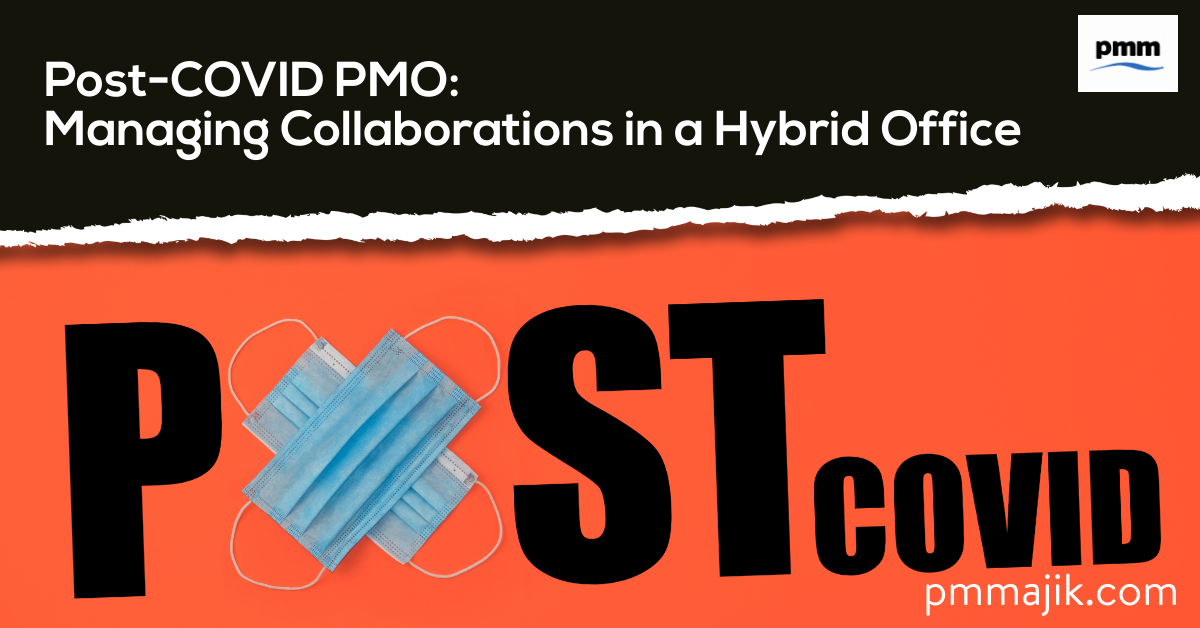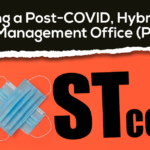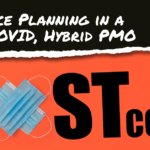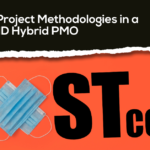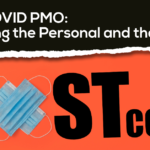It may be time for the world to return nearly to normal after two years of lockdowns and restrictions, but the office isn’t going to be exactly as we remembered it. In a post-COVID project management office (PMO), how do you ensure collaboration with hybrid working?
It’s now pretty much accepted that remote working doesn’t have a negative effect on productivity. Yet, most leaders want to see some office attendance each week or month, so businesses are going hybrid with a mix of both.
Your PMO needs to ensure everyone on the team, and those working in projects you oversee can maintain the level of collaboration as when everyone was remote or all in the office. To help you do that, we’re going to look at:
- The challenges of collaboration in a hybrid working environment
- How you can ensure the collaborative spirit isn’t lost
- Codifying your new way of handling the working model
Why is collaboration important for a hybrid PMO?
It can be challenging to keep everyone on the same page and pulling in the same direction when some are in the office and interacting directly, and others are sitting at home. People can feel lost or left out of the loop.
It can feel like hybrid working loses spontaneity. A water-cooler moment or quick catch up can happen during an office lunch break, or a quick Slack exchange can make a remote team achieve clarity. When the team is split, both can be harder to replicate.
Collaboration can make your office and projects work better because they speed up the process. It can also help your teams’ personal development when they can see how someone more senior solves problems, for example.
How can I encourage collaboration in my PMO with hybrid working?
Collaboration in your PMO may be a concern, but there are ways you can still encourage people at home and in the office to work well together and boost productivity.
Here are some ways you can work to improve team collaboration:
- Have regular team-building meetings so everyone can get to know each other and learn their strengths. This will help people know who to turn to for a quick question.
- Decide if synchronous communication is important and, if so, have office hours so that everyone can be sure to be involved in meetings and decisions.
- Ensure everyone has a complete profile available to any potential collaborators, including their skills, general working hours, and time zone. This will help ensure they are called on for the right things at the right time.
- Encourage open conversations using the tools available to your team. Set an example by checking how a colleague’s day is, for example – this returns personalisation to the conversation and makes everyone more approachable.
Every PMO and project will be different, but you can start to establish a new collaborative culture that will carry through to future working.
How do I ensure collaboration will continue in a hybrid PMO?
Within your PMO team, you need to create a communication charter. This will codify the way your team communicates and collaborates.
As you go through the process to create the charter, you should document each step. You can then go on to use this to provide a process map for projects in the future to ensure they are also able to maximise collaboration.
Within your communication charter, there needs to be:
- Details about the hours that everyone will work, whether there are core hours, and what time zones everyone is in.
- A description of the collaboration and communication tools that your PMO uses and how e.g. use Slack to request a phone call but email to arrange a meeting.
- A decision-making tree. Remote workers can feel left out of decisions, so have a clear timeline for who and when decisions are made.
- Expected response times for different communication tools. Ensure it’s realistic and manageable, so stress and burnout don’t set in.
Managing collaboration in a post-COVID PMO
Losing collaboration when your team are split between home and the office is a valid concern. By understanding the communication needs and creating a document for everyone to use, your PMO and projects will be able to better manage collaboration in a post-COVID, hybrid office.
